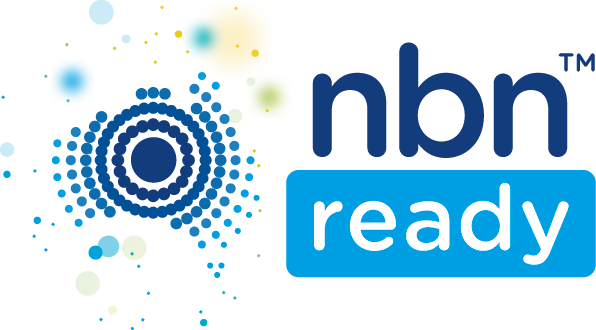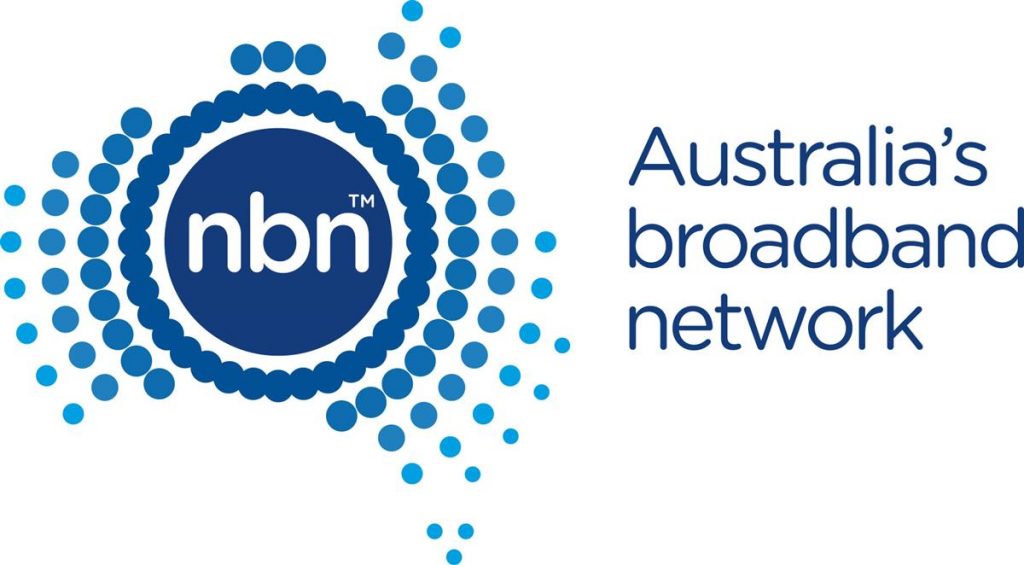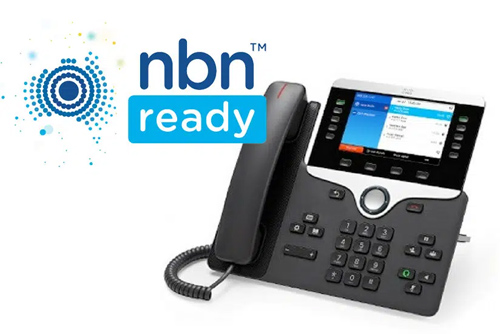In an age going digital, nbn™ is bringing disruption in the ways we communicate. Making faster, better, and more reliable internet access available Australiawide, the nbn™ offers an opportunity for small businesses to step up their game. However, this opportunity comes with a small challenge – having to replace the communication infrastructure your business has depended upon for so long.
Well, don’t sweat! As old communication systems like ISDN (Integrated Services Digital Network) and PSTN (public switched telephone network) are becoming obsolete, here is how you can smoothly switch your business phone system to the nbn™.
1. Check availability

Before you get started, it is vital that you check for the availability of the nbn™ broadband service in your area. It is the easiest step. Just head over to the NBN Co website, type in your address, and hit “Check business.” In case the service is not yet available in your area, you can sign up for the nbn™ email updates to ensure that you are immediately notified when the connection is available near you. With most service providers, it usually takes 18 months to switch to the nbn™ network once the service is ready in your area.
2. Be prepared

It goes without saying that the nbn™ installation will affect your existing phone lines. They will either be taken out or made dormant unless your business will be getting nbn™ Fixed Wireless or Satellite services. Therefore, you will have to depend on VoIP (Voice over Internet Protocol) for calls. It is a protocol that sends or receives communication data digitally over the Internet as in the apps like Zoom, Skype, etc. But VoIP is not intrinsically compatible with conventional non-digital telephone lines/devices. All your devices must be IP-enabled to work over the nbn™ network.
This is why it is crucial that you understand beforehand how your existing communication system will be affected or changed. Also, you will have to decide if your business needs VoIP or SIP (Session Initiation Protocol). SIP is a form of VoIP that also carries data other than just voice calls, for example, instant messages, multimedia files, etc. Therefore, it is best to seek consultation with a trustworthy service provider and request an nbn™ Ready Audit.
3. Get things in order

Once you have made up your mind about switching over, you must take care of a few things:
a. Building registration with NBN Co if you own a commercial or industrial building.
b. Seeking the landlord’s consent for NBN Co device installation if your business property is on a lease.
c. Finding out the disconnection dates of phone services you are currently using.
d. Comparing plans and offers from different service providers and choosing the one that is just right for you. You can find a list of providers on the NBN Co website.
4. Make the switch

Now that you have taken care of everything mentioned above and picked the right service provider, you are ready to make the switch. Make sure to get all the handy information from your service provider, for example, fees (termination or connection costs), free backup battery (provided to customers receiving fiber to their building), or any other services.
The final step is to book an installation and request testing of your devices (fax or credit card machines, etc.) over the nbn™ network.
So, that is pretty much everything you need to know about switching over to the nbn™. In case of any further queries or concerns, you can get in touch with our team at Phone Systems Australia; we will be glad to guide you through every little step.


